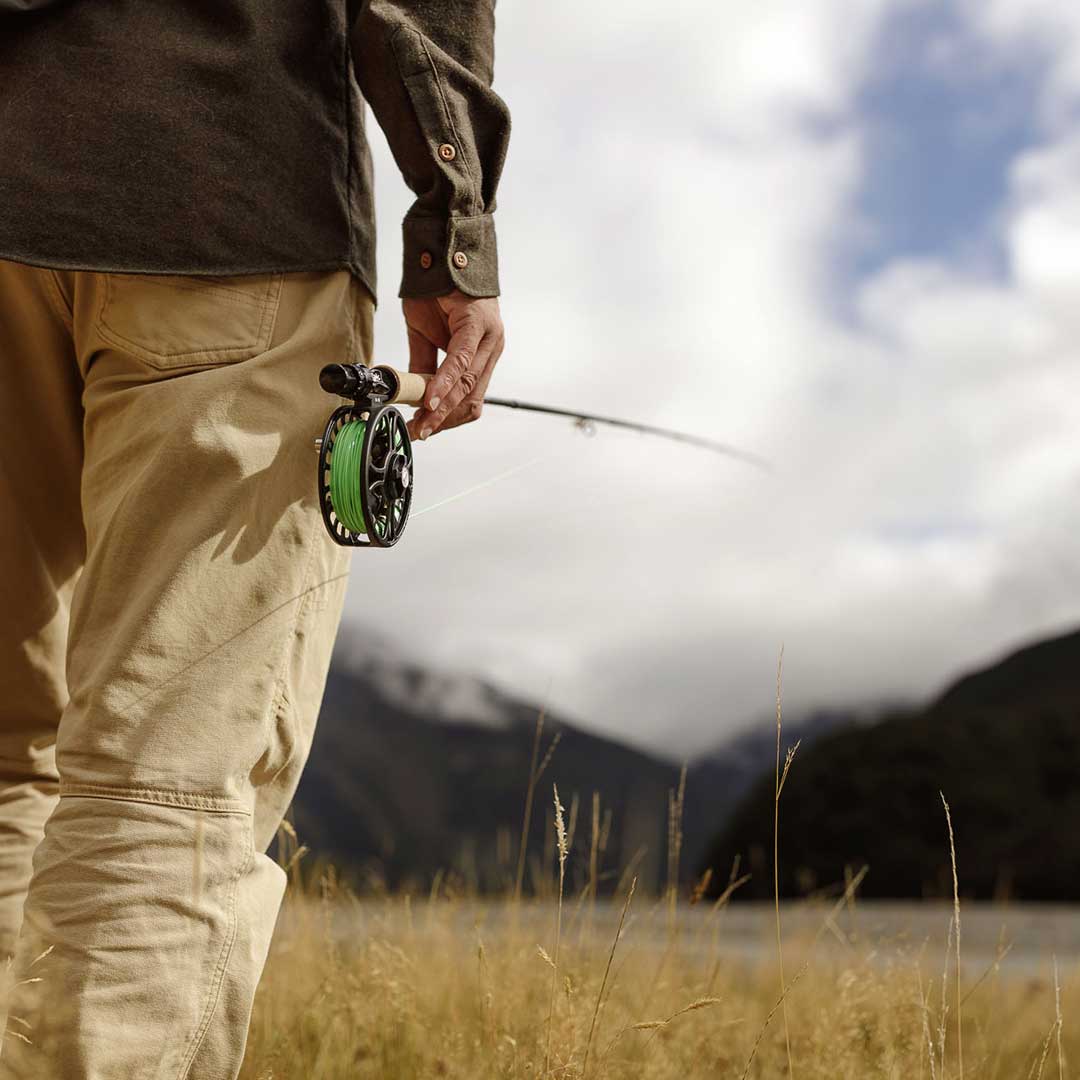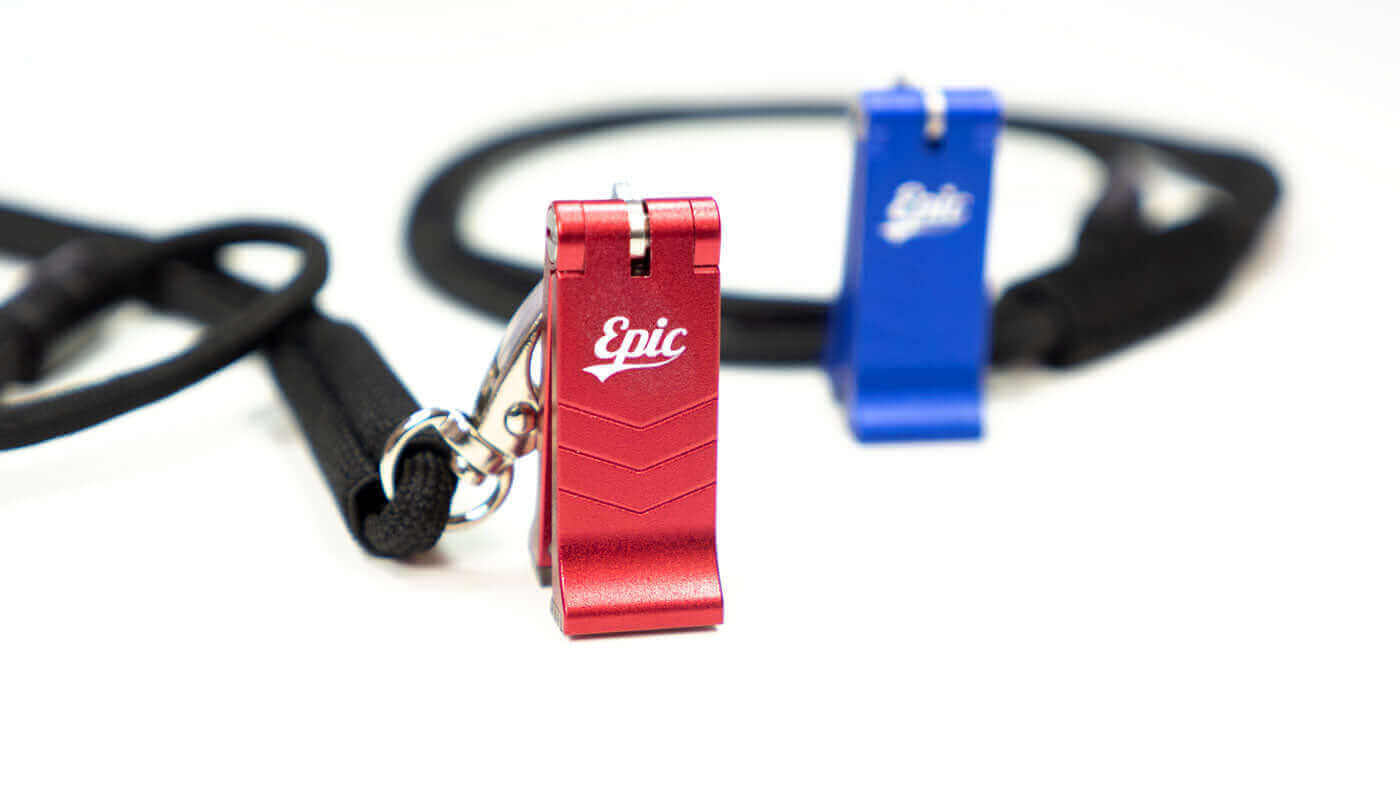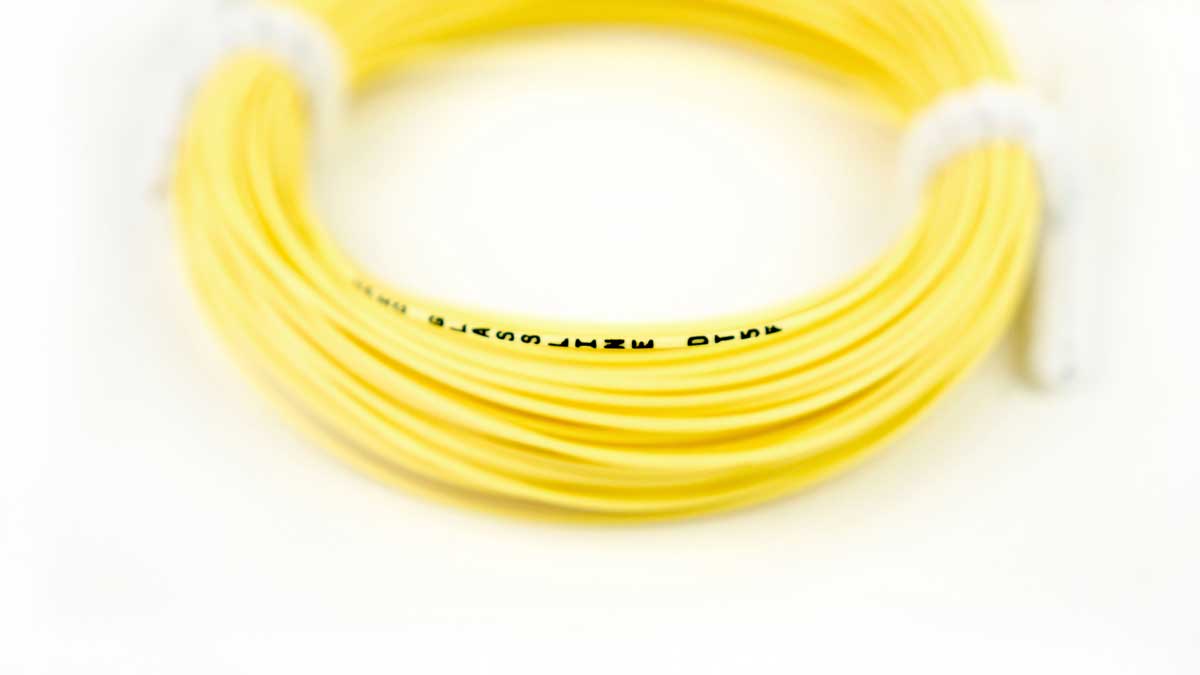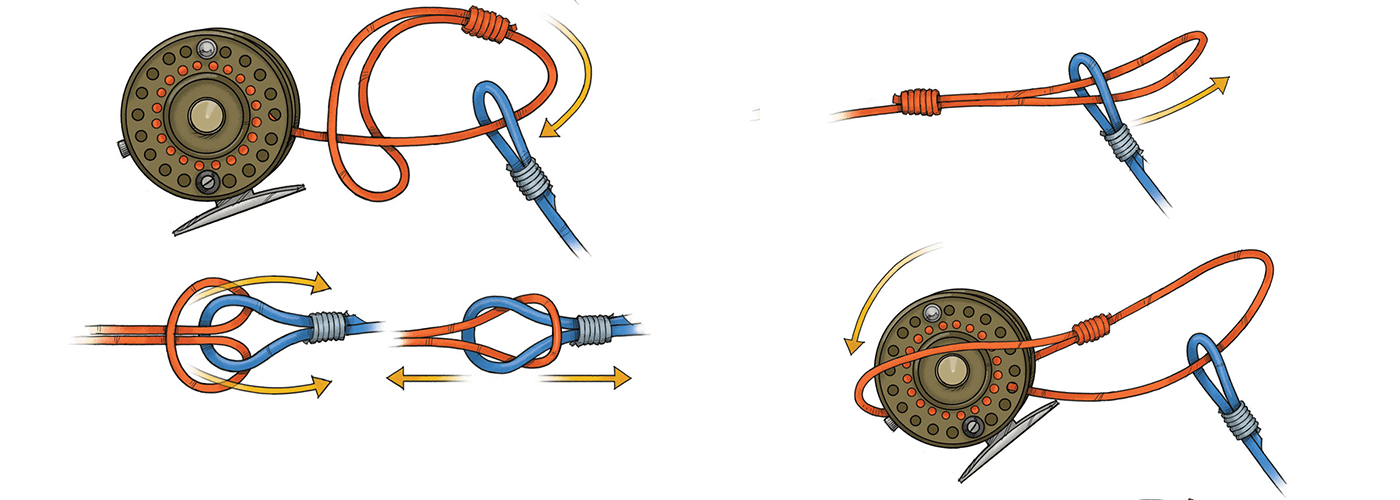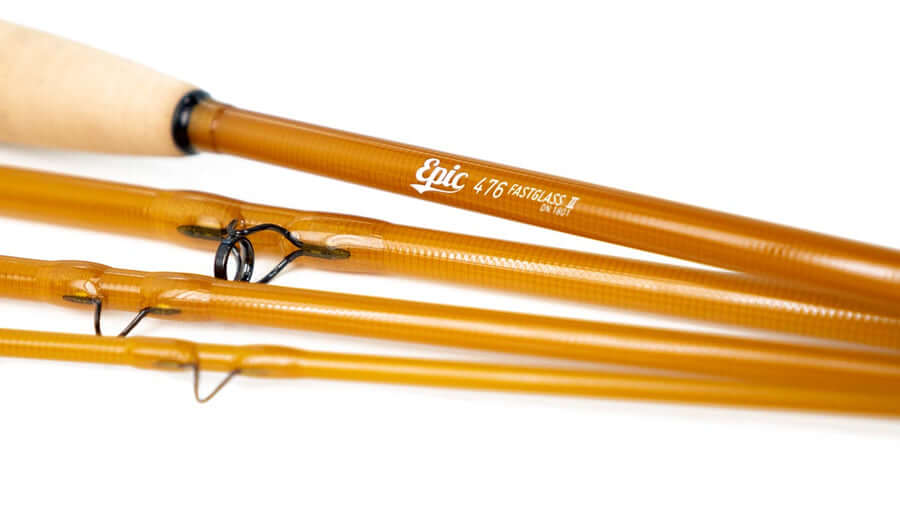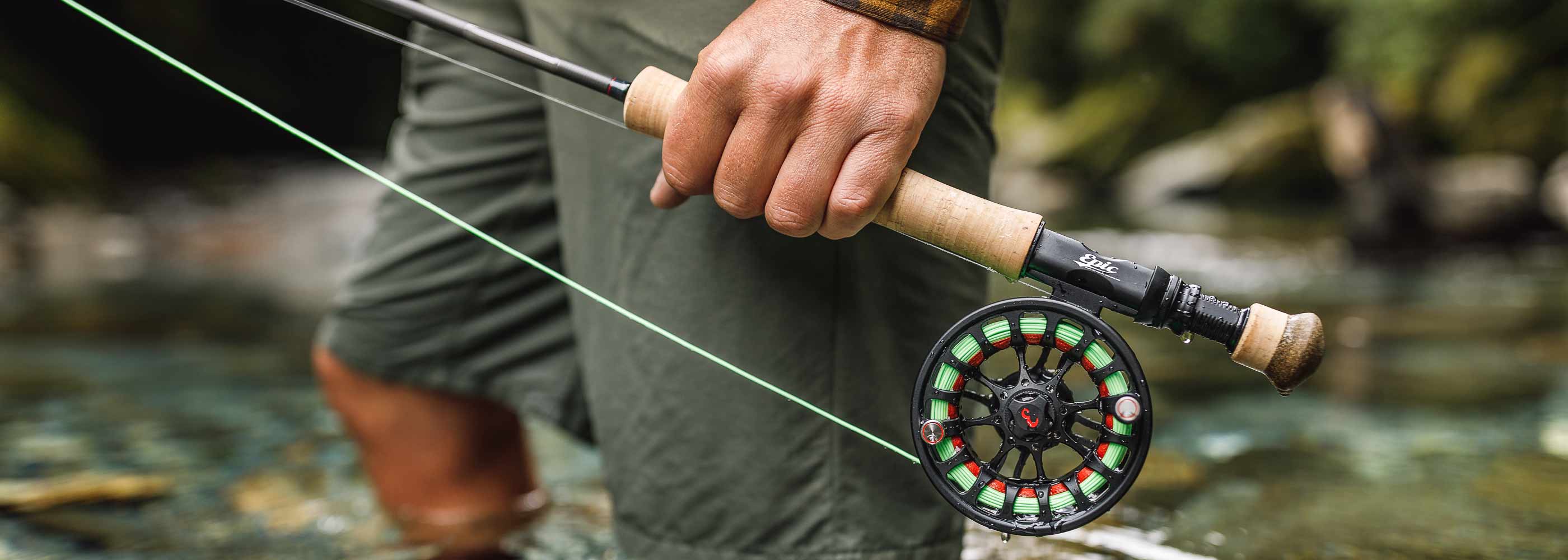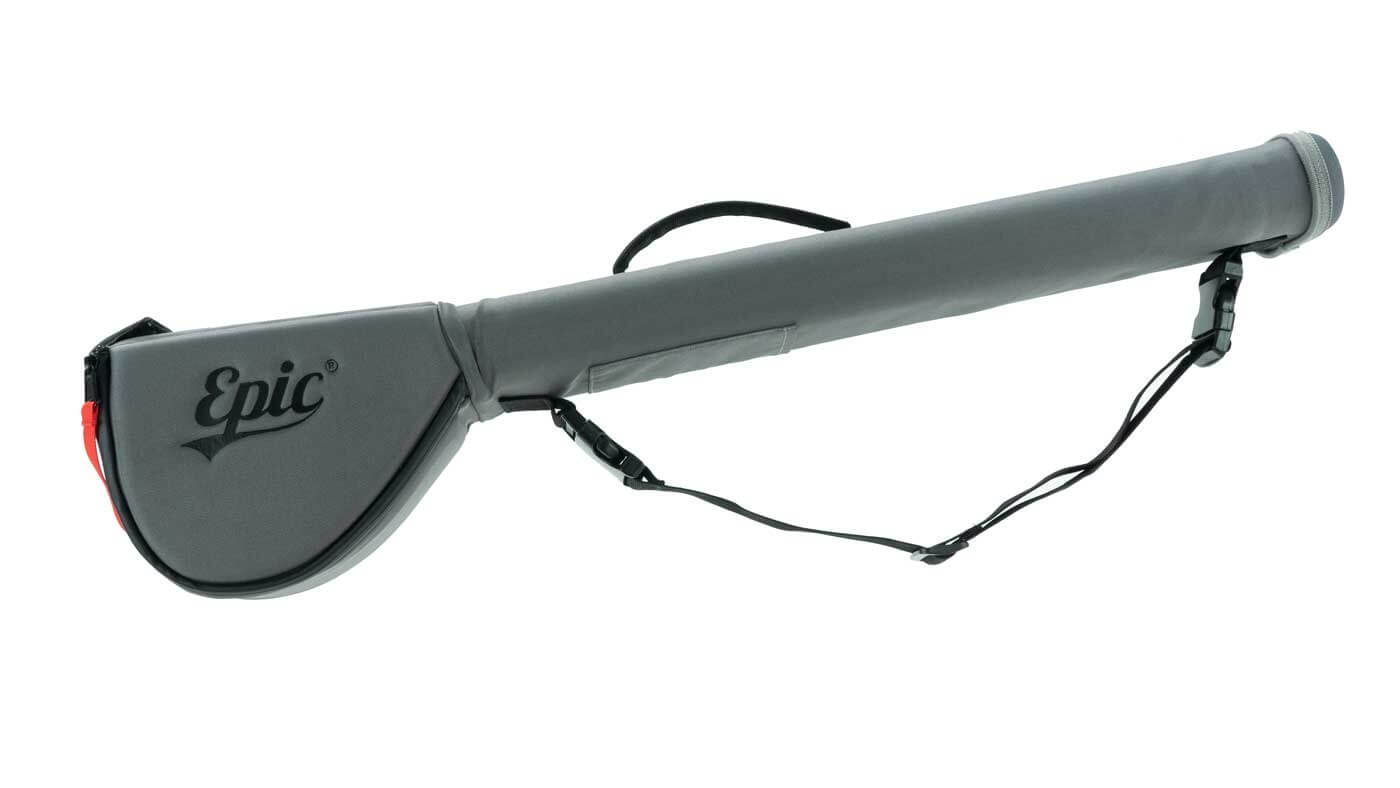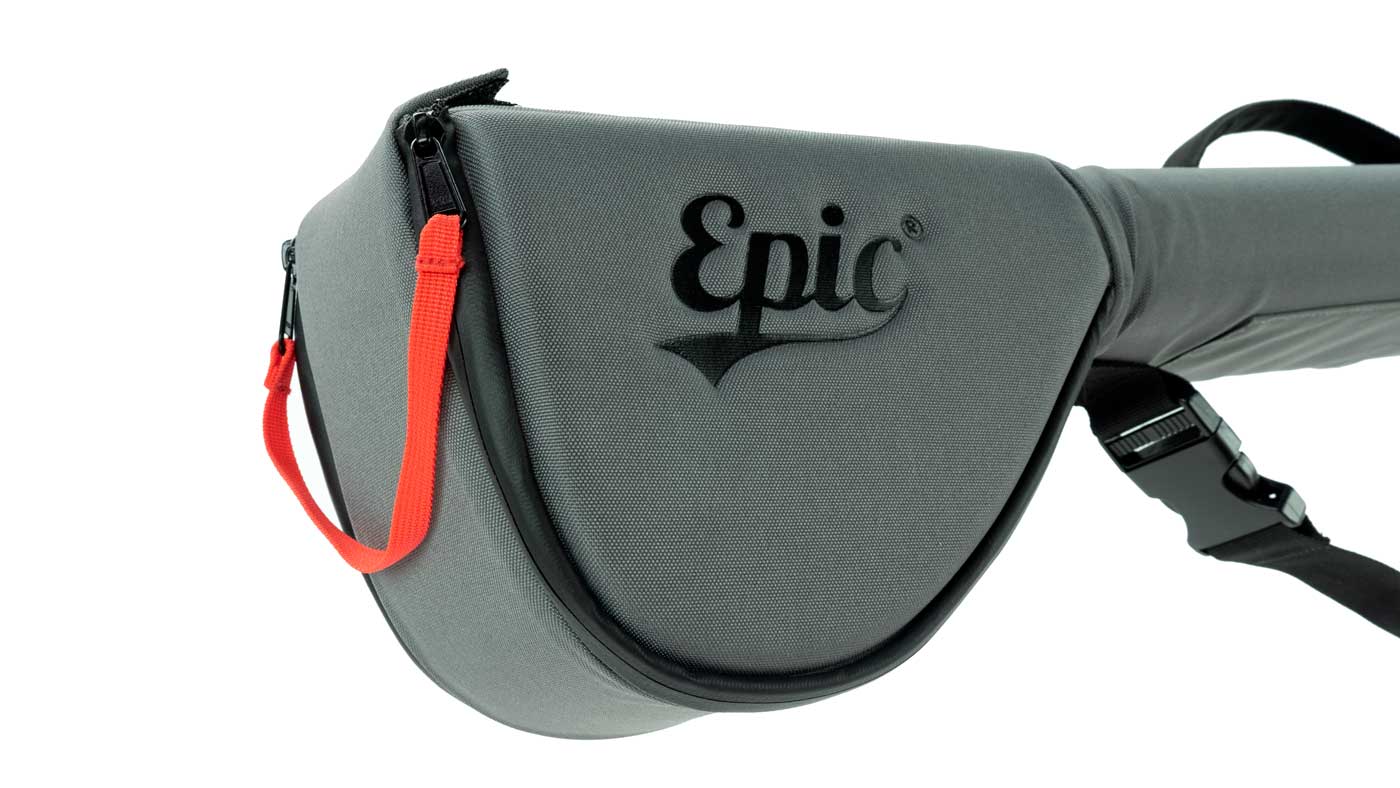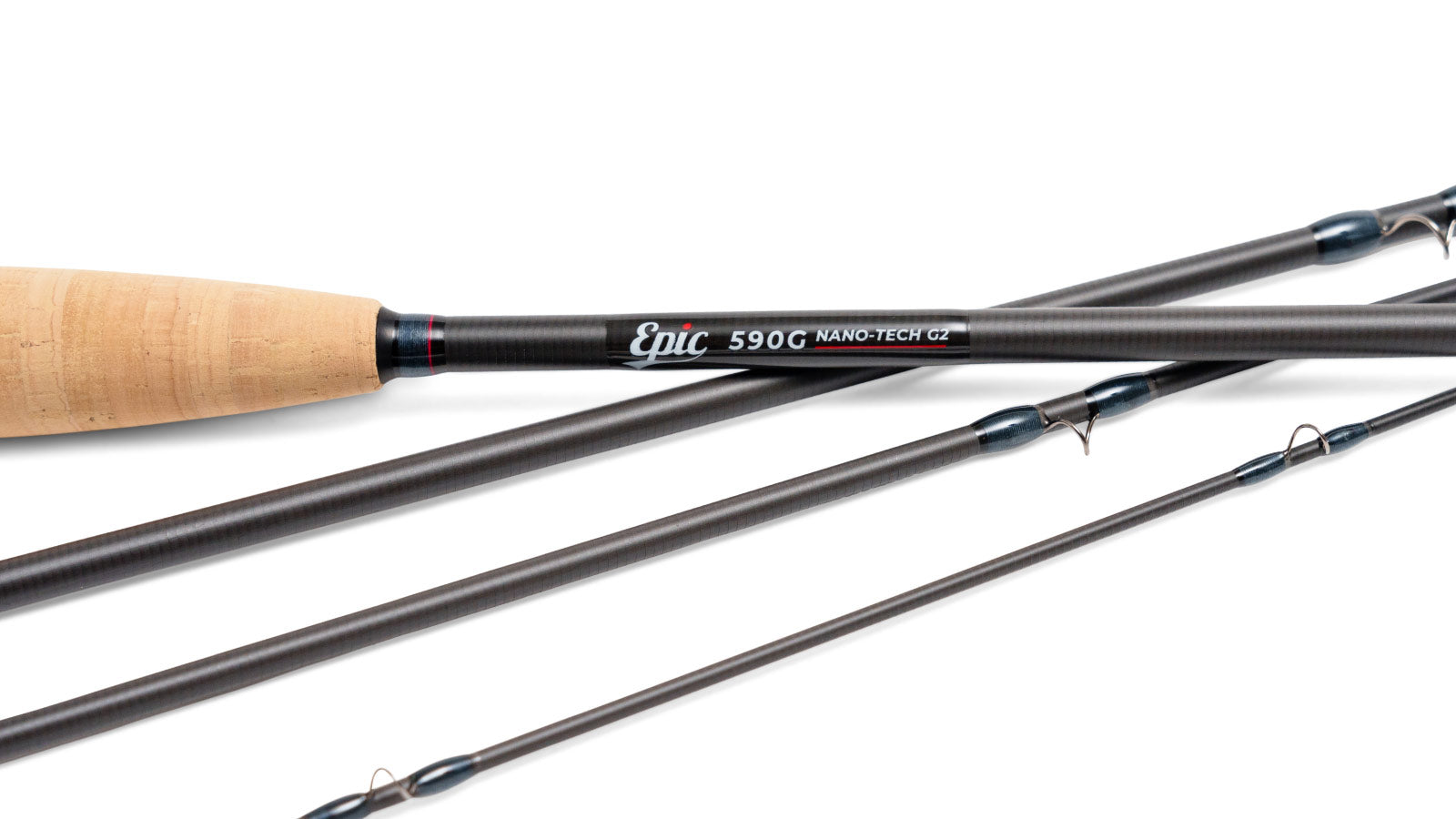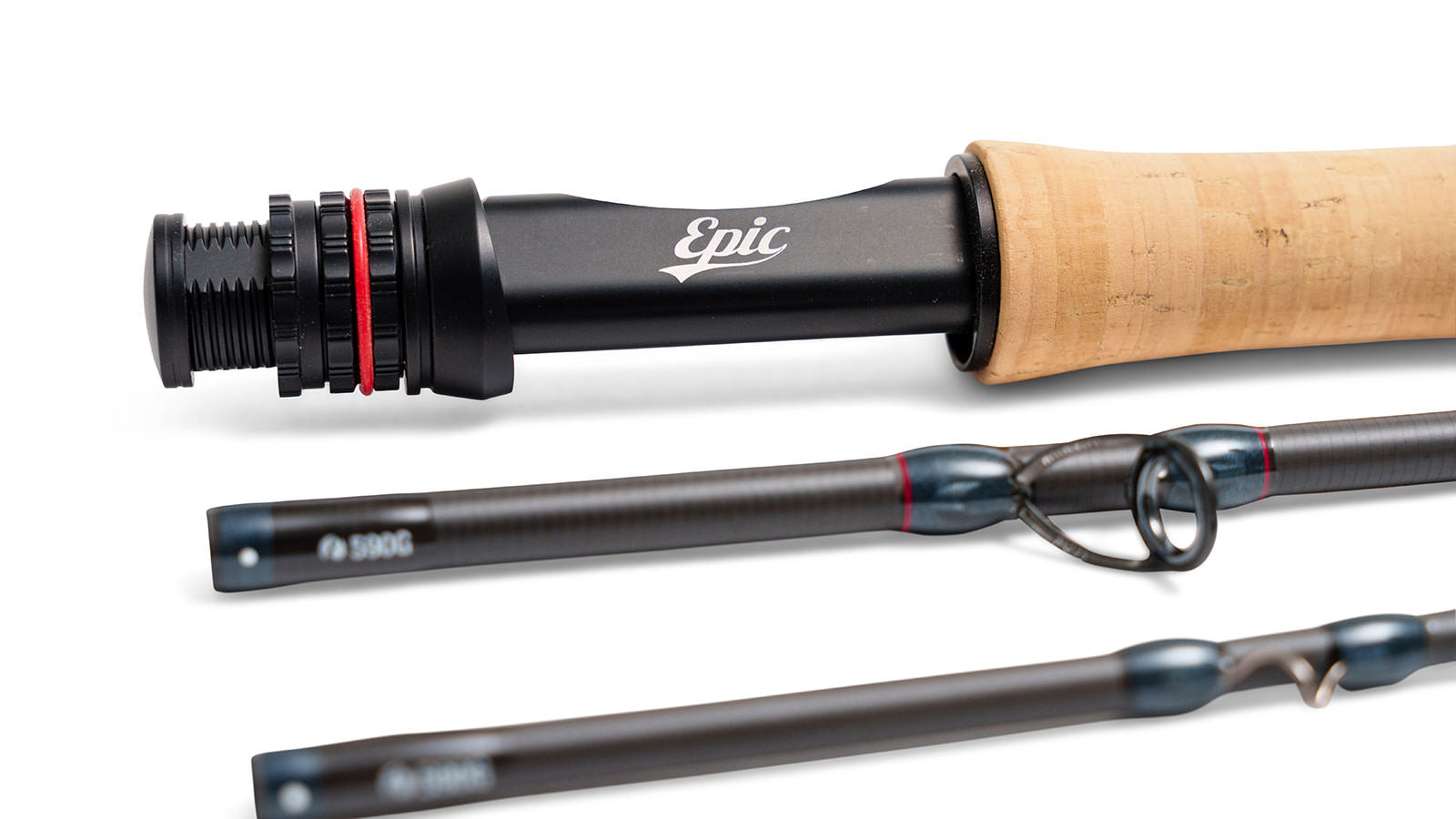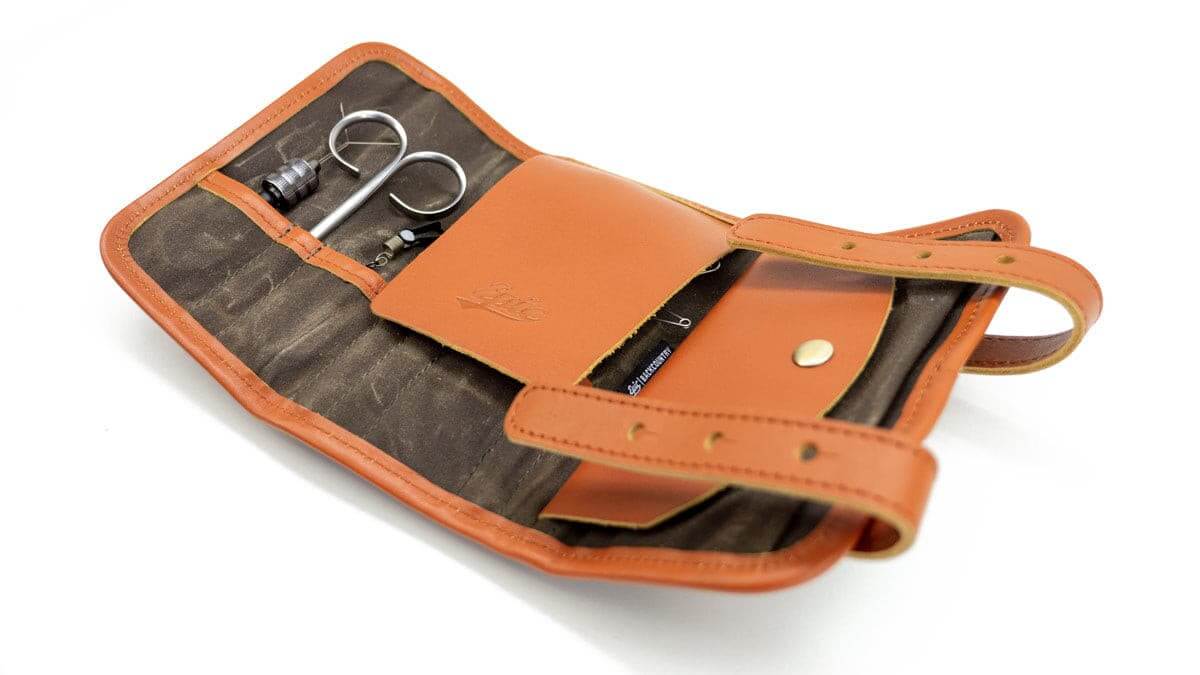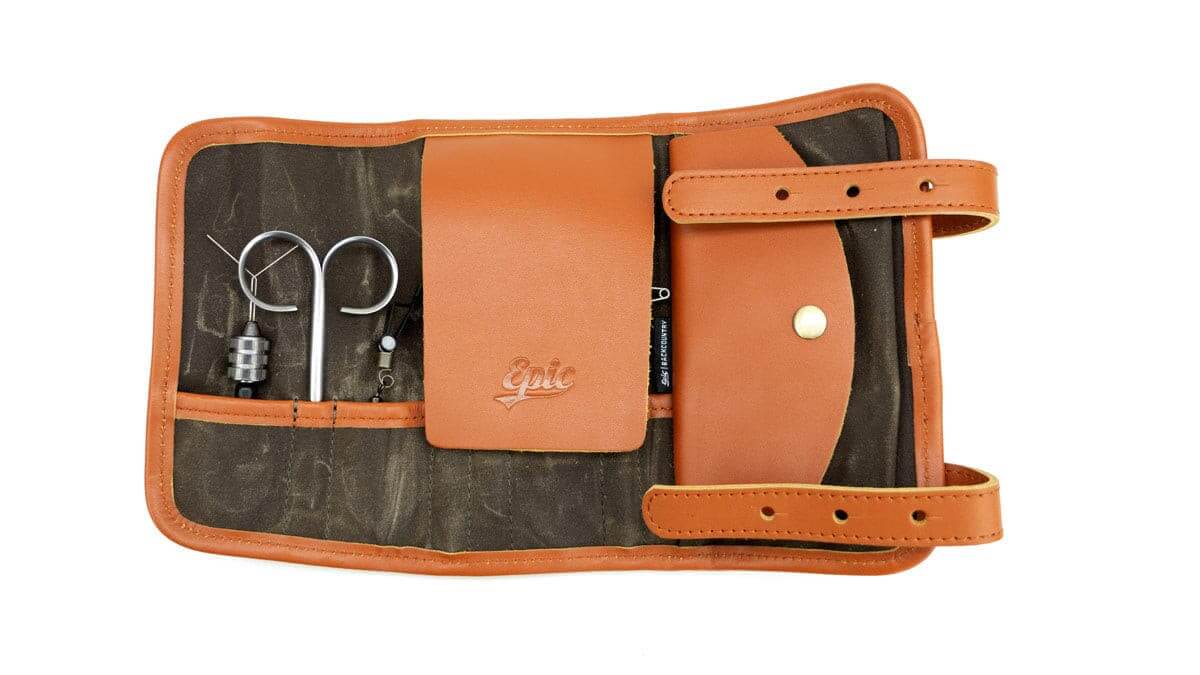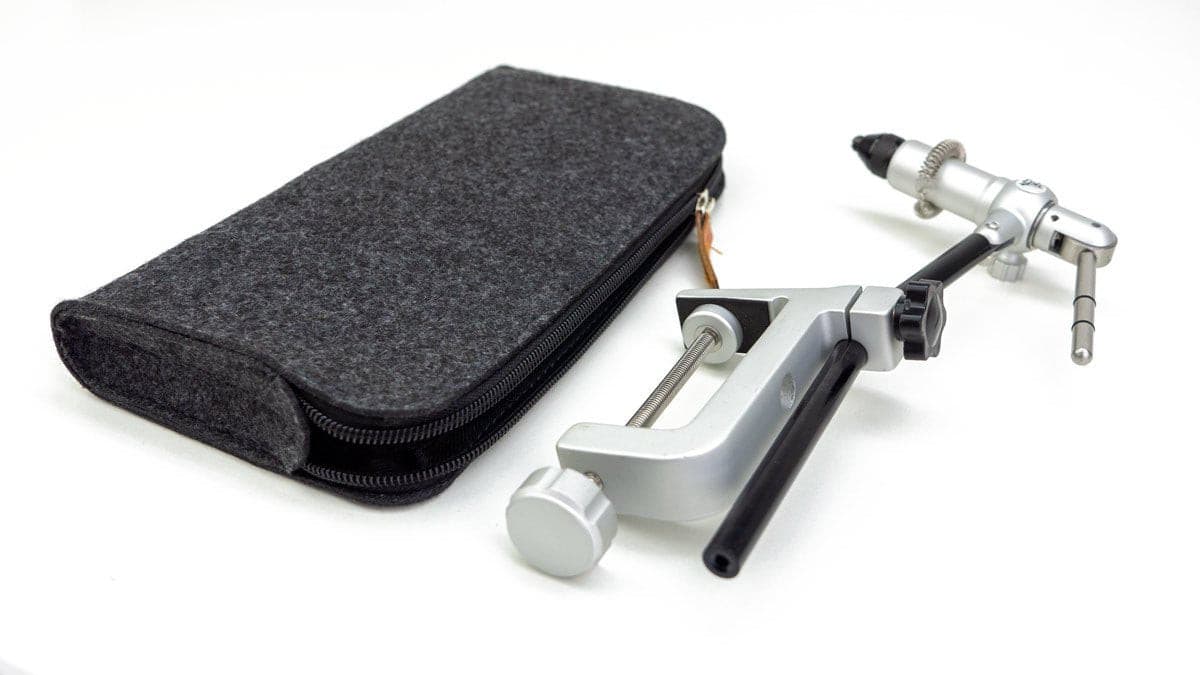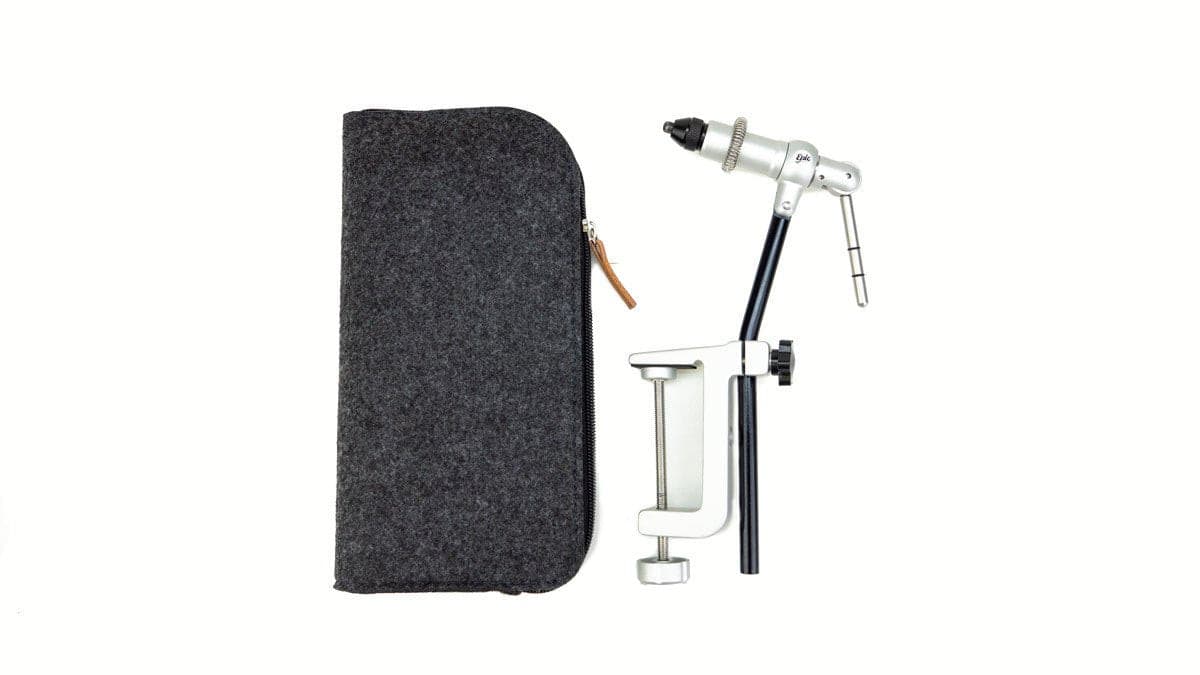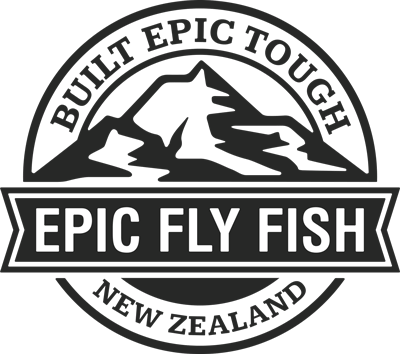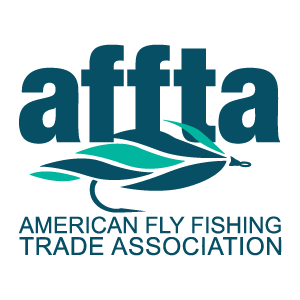How to choose the right fly line for your fly rod - Your fly rod does not like fly lines (or anything for that matter)
If there's one category of fly fishing equipment that causes more confusion than any other, it’s fly lines. Or more specifically, what fly line type, brand or taper is best suited to a particular fly rod.
I’ll be writing a lot more about fly lines and their selection in later articles - but for now I want to briefly address the number one fly line question in the known universe.
This is THE number one question posted on every fly fishing forum anywhere in the world, and is also the most asked question we get via our website and social media channels.
It comes in a few distinct flavours - here are a few of the most common:
- What is the best fly line for trout?
- What fly line goes best with xxxx Fly Rod
- I just bought xxxx Fly Rod, what fly line should I put on it
Or this doozy
“What fly line does xxxx fly rod like?”
Lets start by clearly stating that a fly rod is an inanimate object - it doesn't like or dislike anything. It doesn't know what a fly line is. It just bends and returns to straight - sometimes it breaks. That's it.
The short and more helpful answer to any “what fly line” question is to forget about fly rods for a moment and think about fly fishing. The guts of the answer is that you should choose the fly line that is designed to carry and turn over the size and type of flies you are throwing and the type of fishing you are doing. These main considerations tempered by personal preference are really the only factors that matter. Just about any fly rod will throw any line - it’s not capable of caring - not one iota. It’s not personal, move on.
(A common complaint from Trout anglers is that many fly rods are too stiff to load and cast the short or even medium distances that are common to trouties. More on the fly rod arms race in a later article - but first here’s my unified theory of fly tackle section.)
McNeil's Unified Theory of Fly Tackle Selection.
Step one:
Give thought to the flies you will be fishing and the type of presentations you will be making.Are you presenting tiny emerges like thistledown to surface sipping trout, or will you be thumping out monster coneheads and big bushy terrestrials?
Step two:
Beg, steal, buy or borrow a leader and line that is designed to deliver and turn over the flies you are fishing (see where this is going?)You wont be choosing a 4wt line with a long delicate front taper to fire out coneheads and tungsten beaded nymphs - just as you shouldn't be choosing an aggressively biased short bellied line with a steep front taper if you want your size 14 dries to alight on the water like thistledown. This is really simple shit - listen up in the back there!
Step three:
And this is ass the kicker. NOW select a fly rod that is appropriate for the fly line you have chosen in step two above. If you are trout fishing and need to accurately present dry flies and small nymphs at ‘trouty’ distances you’ll not be needing a stiff broomstick of a fly rod, in fact it will be counterproductive to what you are trying to achieve. Conversely, if the line you chose was something like an aggressively tapered 6 weight to turn over coneheads and chunky terrestrials you wont be purchasing a 7 foot glass 3 weight (not even ours)
In short, give practical, real-world thought to the situations you will actually be casting in.
The Leader - Your Get Out of Jail Free Card
Keep in mind too that you can modify how a fly is delivered by modifying the length and size of your leader. Tapered leaders are designed to dissipate the energy of your fly line as it turns over, and if you’re not using a tapered leader then your whole fly line system is missing a vital piece of engineering.
Long leaders do a better job of dissipating energy than short leaders. Keep that in mind when you want to help soften up a presentation and get some slack out near the fly for that all elusive ‘drag free drift’. Conversely, if you need to turn over larger wind resistant flies or punch into the wind - a shorter, heavier leader setup is the way to go.
Two Main Profiles
At present we offer two main profiles of line across seven sizes and seven different tapers, they were designed for us by Mr fly line himself, Bruce Richards at Scientific Anglers. We offer two profiles, a Weight Forward and a Double Taper and they were designed as a match for our Epic fly rods. Either Glass or Carbon - it doesn't matter. (In fact these lines are well suited to any fly rod that is fairly rated)
“So what makes them suited to your rods” I hear you ask.
Well, our rods have all been designed, as best we possibly can, to be ‘True to weight’ if there is such a term - and that means for example, that our 5 weight really is a five weight and not a 7 in disguise.
Now - just to confuse the issue further, there is actually no industry standard to measure and label the intrinsic power of a fly rod. There is however a clear industry standard as to what a fly line should weigh at 30ft. The AFFTA (American Fly Fishing Industry Trade Association) standard for fly lines.
A Bit About Profiles
We offer two profiles, a Double Taper and a Weigh Forward. And contrary to popular opinion those profiles say absolutely nothing about the taper that sits on each end or how they might behave.
There is a huge misconception - which for some reason seems to be more prevalent within the Fiberglass fraternity, that a Double Taper line is a presentation line. This is utter bullshit.
A double taper line is, quite simply, a line with a fishable taper on either end of the line. Usually both those tapers are the same. And hence a DT does not have any running line. A DT is essentially the ultimate long belly line. Distance casters and Steelheaders love ‘em.
Keep in mind too that it wasn’t that long ago that just about all fly lines were double tapers and they were produced with all manner of tapers to control and govern how they delivered a fly.

The taper on a DT can be long and delicate to help dissipate lots of energy from the unrolling loop OR the taper could be short and aggressive in order to dissipate less energy and turn over big flies and help punch through the wind. It could be a complex compound taper to help delay turnover and increase flight time, or any combination and a whole lot more - it matters not.
After saying all that - It just so happens that we chose to put a longer compound multiple taper on our DT lines. And a shorter slightly more aggressive taper on our Weight Forward lines. Why? - no other reason that thats what I like to fish certain streams with and a DT roll casts really well - I like roll casting.
Soooooo, here’s how to choose the correct Epic Fly line for the correct application, forget about rods for a moment - lets talk fishing.
~ The Epic Fly Line Selector ~
| Epic Glassline Weight Forward Taper | Epic Glassline Double Taper |
| Focus on turnover and delivery | Focus on light presentation |
| Turning over big flies | Delicately presenting flies |
| Large dries & terrestrials (hoppers, cicadas) | Small dry flies |
| Coneheads, streamers and Wooly Buggers | Emergers |
| Weighted nymphs | Unweighted or light nymphs |
| Punching through the wind | Calm conditions / calm water |
Lastly. If you want to present small dry flies delicately AND you fish tungsten weighted nymphs you are not gong to get a line that performs optimally in both situations. You either need two fly lines - or you compromise. Adjusting your leader will help address the issue, but not completely.


